Regulatory Changes
Regulatory changes are influencing the Duty-Free and Travel Retail Market, as governments worldwide implement new policies regarding duty-free allowances and product restrictions. These regulations can significantly impact the types of products available for sale and the pricing strategies employed by retailers. For instance, changes in tax laws or import duties can alter the competitive landscape, prompting retailers to adapt their offerings accordingly. Additionally, compliance with health and safety regulations is paramount, especially in the context of product quality and consumer safety. As the regulatory environment continues to evolve, duty-free retailers must remain agile and informed to navigate these changes effectively, ensuring their sustained success in the Duty-Free and Travel Retail Market.
Sustainability Trends
Sustainability trends are becoming increasingly prominent within the Duty-Free and Travel Retail Market. Consumers are now more conscious of their purchasing decisions, favoring brands that demonstrate a commitment to environmental responsibility. Retailers are responding by incorporating sustainable practices into their operations, such as reducing plastic usage and sourcing products from eco-friendly suppliers. Market Research Future indicates that 70% of consumers are willing to pay a premium for sustainable products, highlighting the potential for growth in this segment. By aligning with sustainability initiatives, duty-free retailers can not only attract environmentally conscious consumers but also enhance their brand reputation. This shift towards sustainability is likely to shape the future landscape of the Duty-Free and Travel Retail Market.
Technological Advancements
Technological advancements are playing a pivotal role in shaping the Duty-Free and Travel Retail Market. The integration of digital solutions, such as mobile apps and e-commerce platforms, is transforming the shopping experience for travelers. Retailers are increasingly leveraging technology to offer personalized promotions, streamline payment processes, and enhance customer engagement. For instance, the implementation of contactless payment systems has gained traction, allowing for quicker transactions and improved customer satisfaction. Furthermore, data analytics enables retailers to gain insights into consumer behavior, facilitating targeted marketing strategies. As technology continues to evolve, the Duty-Free and Travel Retail Market is likely to see further innovations that enhance operational efficiency and customer experience.
Increased Air Travel Demand
The Duty-Free and Travel Retail Market is experiencing a notable surge in air travel demand, driven by rising disposable incomes and a growing middle class in various regions. As more individuals embark on international journeys, the footfall in airports and travel hubs increases, subsequently boosting sales in duty-free shops. According to recent data, the number of air passengers is projected to reach 8.2 billion by 2037, indicating a robust growth trajectory. This influx of travelers presents a lucrative opportunity for retailers to enhance their offerings and cater to diverse consumer preferences. The Duty-Free and Travel Retail Market stands to benefit significantly from this trend, as travelers often seek unique products and experiences that are not available in their home countries.
Evolving Consumer Preferences
The Duty-Free and Travel Retail Market is witnessing a shift in consumer preferences, with travelers increasingly seeking premium and luxury products. This trend is particularly evident among millennials and Gen Z consumers, who prioritize experiences over material possessions. As a result, duty-free retailers are adapting their product assortments to include high-end brands and exclusive items that appeal to this demographic. Market data suggests that the luxury goods segment within the duty-free sector is expected to grow at a compound annual growth rate of 7.5% through 2027. This evolution in consumer behavior compels retailers to innovate and create tailored shopping experiences that resonate with the desires of modern travelers, thereby enhancing their competitive edge in the Duty-Free and Travel Retail Market.


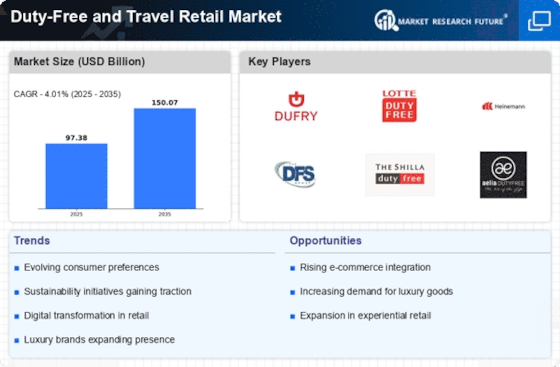
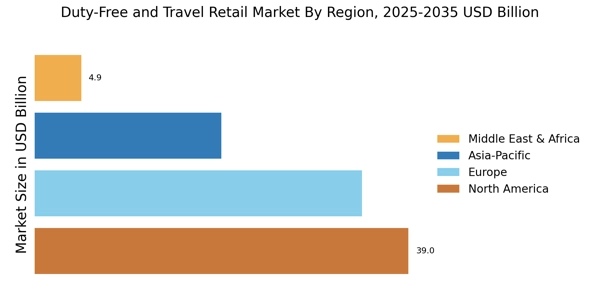
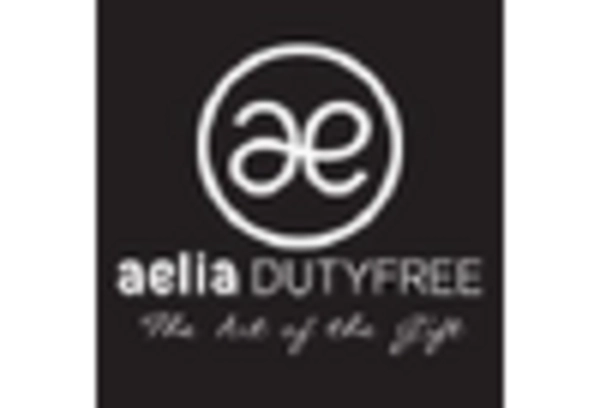
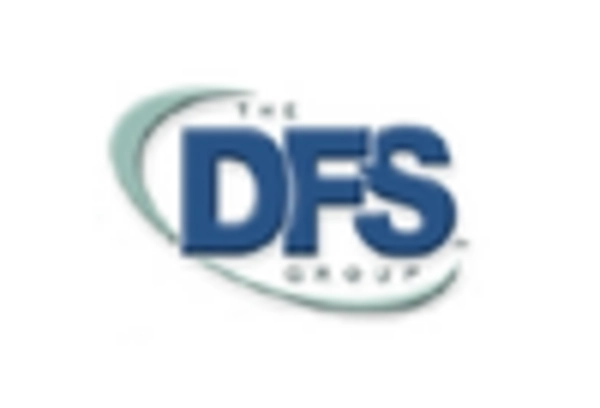
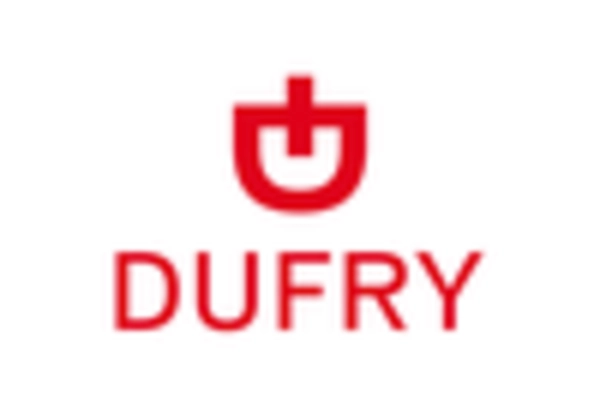
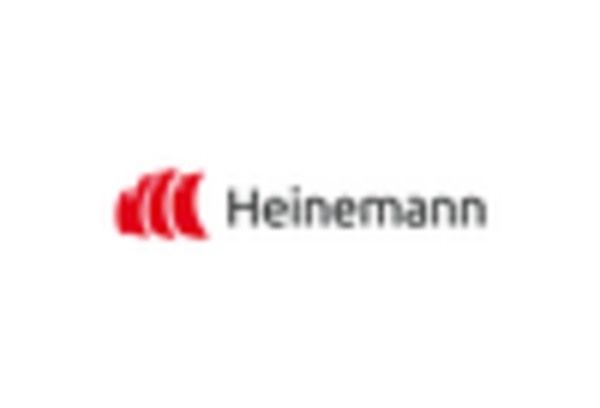
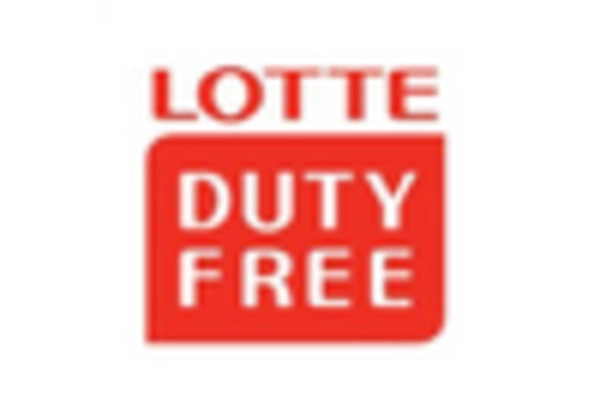









Leave a Comment